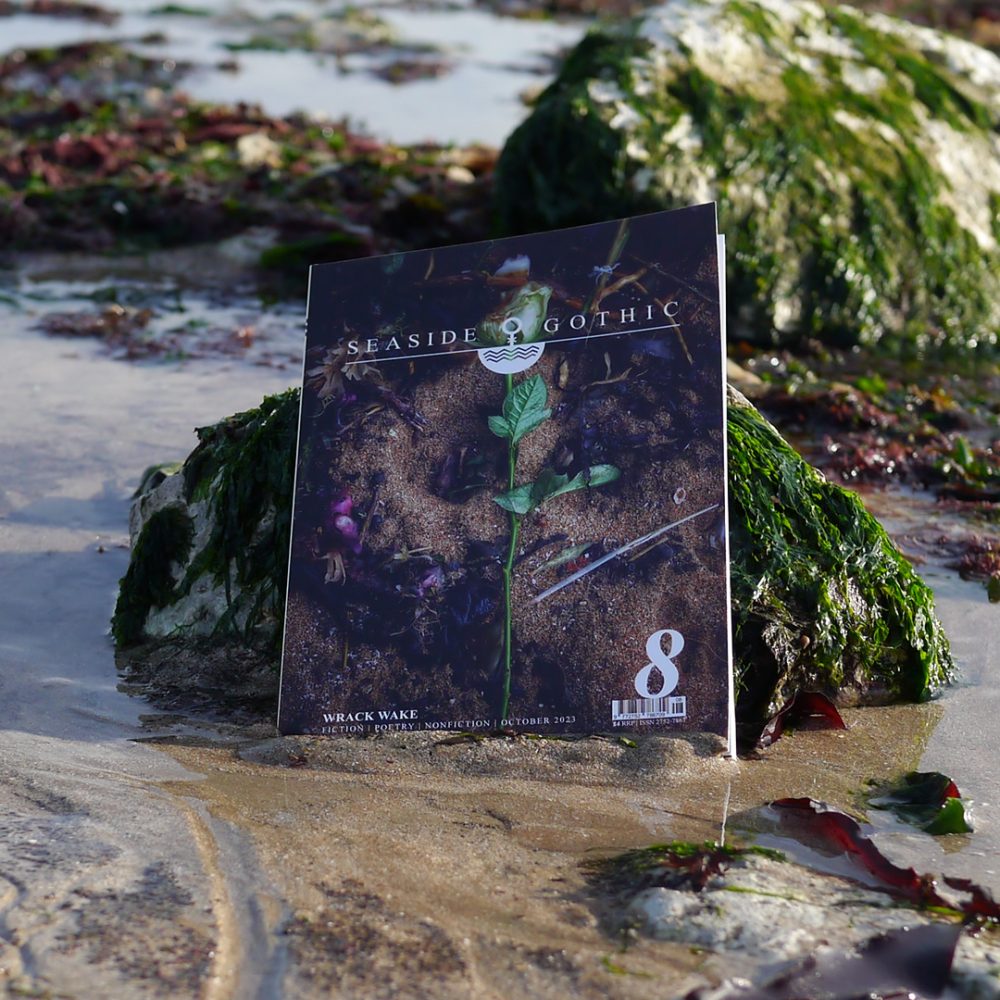After creating something, it must be classified. Categorisation of literature means fitting something into a box, though in my experience most literature can be found in several. One of those boxes is marked seaside gothic literature, and so I am presenting three far away pieces of seaside gothic literature—fiction, poetry, and nonfiction—which are notable despite their distance, along with an example from another media.
Fiction: Robert Louis Stevenson, Treasure Island
Where would seaside gothic literature be without pirates? They are exciting and terrifying, heroic yet villainous, organised but feral, and fulfil the brief of seaside gothic criteria with ease. They also make for the basis of a good yarn, which Stevenson’s novel definitely is. Beginning in a seaside inn with a visit from an aging pirate, Treasure Island created the ideas of pirates we now see as cliché.
Poetry: William Shakespeare, The Tempest
A shipwreck, a mysterious island, magic, deception, and rivalry all meet in this tragic comedy (or comedic tragedy) that also contains a masque that is not a masque and goblins disguised as dogs. It’s a strange play in rhyme written mostly in variations of iambic pentameter, and was the first of Shakespeare’s romantic comedies, yet it reads as an epic poem as well as it does a script.
Nonfiction: Charles Darwin, On the Origin of Species
Darwin’s On the Origin of Species by Means of Natural Selection, or the Preservation of Favoured Races in the Struggle for Life is a fascinating text of great historical value, but it also has its fair share of seaside gothic elements. Born from his time aboard the HMS Beagle and his visit to the Galápagos Islands, On the Origin of Species makes for a worthy addition to this canon.
Film: Crimes of the Future
David Cronenberg’s weird and surreal story of human evolution takes place in a crumbling seaside town, with performance art exhibiting in empty shipbuilding warehouses and characters lurking and squatting in boatyards for clandestine meetings. It is an odd tale of tattooed internal organs, waste disposal, grief, and self-acceptance, set in a future which is as fragile as the dilapidated coastal setting. Not for the easily squeamish, Crimes of the Future is very Cronenberg, and very good.

Issue 8
WRACK WAKE

Seb Reilly is an award-winning published writer, fiction author, poet, and occasional musician. He is Editor of Seaside Gothic. From 2015–2020 he was Editor-in-Chief of Thanet Writers and in 2021 he was named Kent Columnist of the Year for his column in The Isle of Thanet News.

